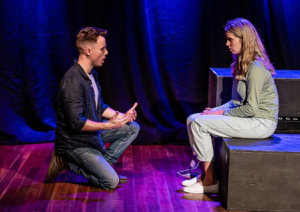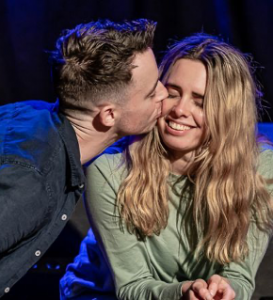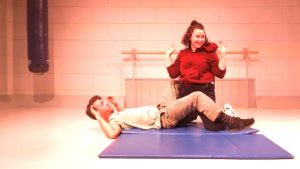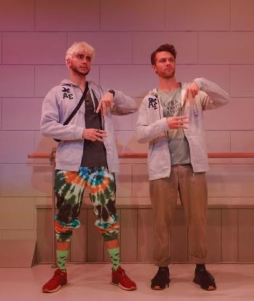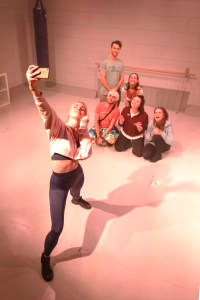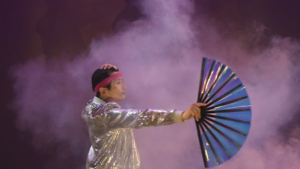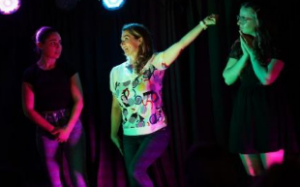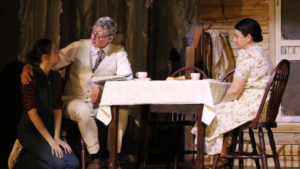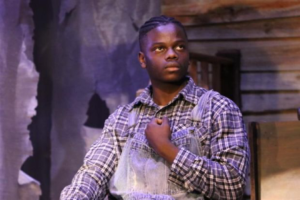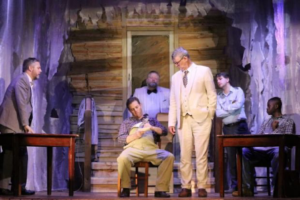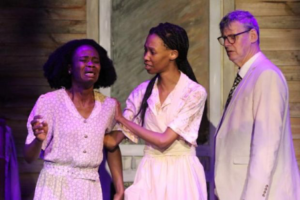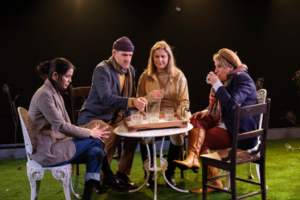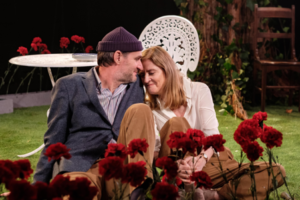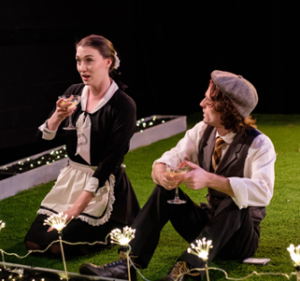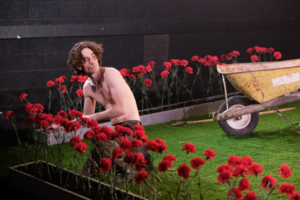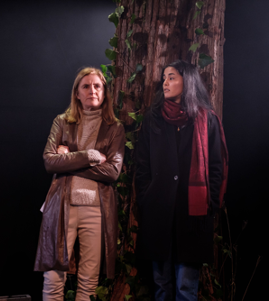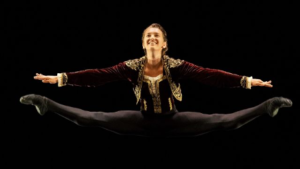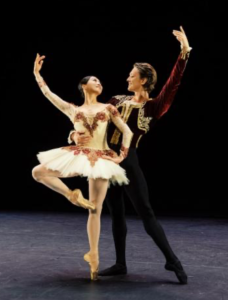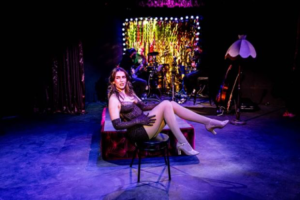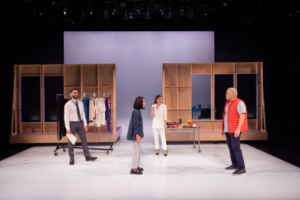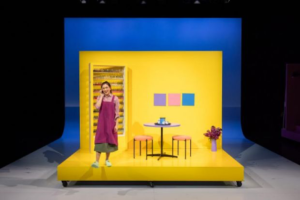Enmore Theatre. 21st August, 2022
Reviewed : 21 August, 2022

The best yet? If not, it’s certainly in the running! With host Andrew Denton in sparkling red sequinned tails, co-host Josie O’Reilly in glittering gold and black and Music Man Benny Davis in shining silver, this annual theatrical treat was everything a charity impro event should be. The hosts were hyped, the teams were primed – and as usual the audience, warmed up by the inimitable Ewan Campbell, was ready for anything.
But the hype wasn’t just about improvisation.
This annual Sunday afternoon event is part of Theatresports and the Enmore Theatre’s ongoing commitment to Canteen, the wonderful organisation that supports young people “when cancer turns their lives upside down”. Ticket sales, a raffle, an online auction and donations from this event give a major boost to the wonderful organisation that means so much to so many kids and their families.

All those who take part in Celebrity Theatresports do so for love, and there was a great deal of love in the Enmore last Sunday afternoon. It shone from the faces of all the Enmore staff and Canteen volunteers selling raffle tickets. It shone from the heart of young Canteen Ambassador Josh Bell, who spoke so impressively of how important Canteen has been to him and so many other young people. It shone in the tears of the audience when Lily Knowles explained, heart-breakingly, about Canteen’s support in the recent loss of her mother. And when her father, Theatresports veteran John Knowles, left his team on stage to comfort his brave daughter.
Love also shone in the faces of the six Celebrity teams as they hit the competitive stage with their impressive impro talents. Judged by the Grande Dame of Impro, Lyn Pierse, with Play School’s Benita Collings and oncologist Dr Liz Hovey, and using some traditional Theatresports games, they showed the audience just what can be achieved when you … offer, listen, accept, extend … and add a bit of conflict, tension, tempo, pace and fun. Especially when it’s done by the experts!

One team was challenged to perform without the actors’ feet touching the floor. As the team members were carried around the stage by other teams things became more and more hilarious – and precarious! Andrew Denton, too, saw a precarious moment in the final game when Adam Spencer carried him a little too close to the edge of the stage in an underwater extravaganza! Virginia Gay and Rove McManus proved their impro prowess in several games, Gay impressively in an Opera challenge – and McManus becoming increasingly expressive as a garbage collector in an Emotional Replay.
Audio Celebrity Challenges were ‘piped’ in from David Collins (of the Umbilical Brothers), Jay Laga’aia (from back stage at The Eternity Theatre’s production of Once) and Sam Simmons from UK TV’s 8 Out Of 10 Cats Does Countdown. Live Celebrity Challenges – Benita Collings and journalists Jane Hutcheon and Jennifer Byrne.
Competition was stiff, but there had to be a winning team, and that was “Fun Lovers” – Gep Blake, Veronica Milson, Jane Simmons, Rove McManus and David Callan – who lost only one point! What a triumph!

Congratulation to them, to all the other teams and to the host of people who make the event happen. It’s a highlight of the year for all those who perform in and love impro. And it’s always great to see so many of Impro Australia’s ‘impresarios’ back on the stage supporting a charity that means so much to so many.
Also published in Stage Whispers magazine

